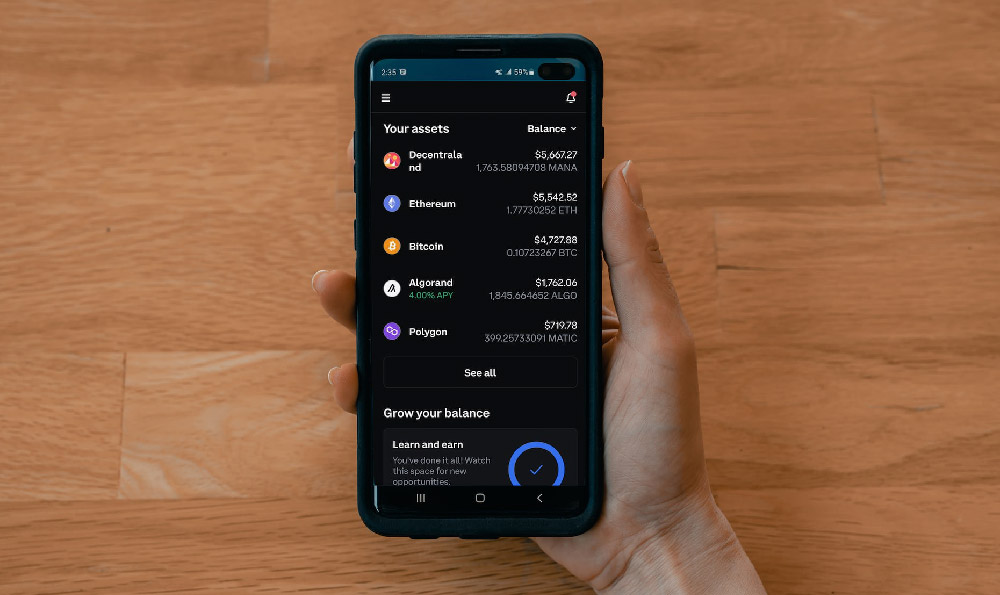Do Spark Drivers Earn Well, and Is It a Lucrative Job?

The question of whether driving for Spark offers a path to lucrative earnings is a complex one, deeply intertwined with factors like location, time commitment, and strategic efficiency. There's no simple "yes" or "no" answer, as the reality for Spark drivers is a nuanced tapestry woven from individual experiences and market dynamics.
To understand the potential profitability, it's crucial to deconstruct the compensation model. Spark drivers are independent contractors, meaning they aren't employees and therefore don't receive a guaranteed hourly wage or benefits. Instead, their income derives solely from accepting and completing delivery orders. These orders consist primarily of grocery and general merchandise deliveries from Walmart stores to customers' homes, along with occasional curbside pickup jobs.
The per-delivery payment varies widely. Factors influencing the payment include the distance to the customer, the number of items in the order, the weight of the items, and the demand at the time of the delivery. Surge pricing, akin to what is seen in rideshare services, can significantly boost earnings during peak hours or when there are fewer drivers available. The Spark platform also incorporates a tipping system, allowing customers to optionally tip their drivers, which can be a substantial component of overall income.

However, this variability is a double-edged sword. While high-demand periods can be highly rewarding, lulls in activity can lead to periods of low or no earnings. This inherent unpredictability is a fundamental aspect of gig work and requires drivers to be adaptable and strategic in their approach.
One critical element in determining profitability is location. Metropolitan areas with high population density and a large number of Walmart stores generally offer more delivery opportunities than rural areas with fewer stores and dispersed populations. Drivers in these bustling urban centers have the potential to accept a greater volume of orders and, consequently, earn more. Conversely, drivers in less populated areas may struggle to find enough orders to make Spark a financially viable option.
Furthermore, the time of day and week significantly impacts earning potential. Weekends, evenings, and holidays tend to be the busiest times, when more people are placing orders. Savvy drivers understand these trends and schedule their availability to coincide with peak demand. They may also experiment with different zones or store locations within their region to identify areas where order volume is consistently high.
The amount of time dedicated to Spark driving is another crucial determinant of income. Part-time drivers who dedicate a few hours a week to supplement their income will naturally earn less than full-time drivers who treat Spark as their primary source of revenue. However, even for full-time drivers, simply working long hours doesn't guarantee high earnings. Efficiency and strategic order selection are paramount.
Successful Spark drivers often employ various strategies to maximize their earnings. They carefully evaluate each order offer, considering the distance, item count, and estimated completion time before accepting. They may decline orders that are deemed unprofitable or that take them too far from their preferred zones. They also prioritize efficiency in their delivery routes, optimizing their paths to minimize travel time and fuel consumption. Furthermore, they strive to provide excellent customer service, which can lead to higher tips and potentially priority access to future orders.
Beyond the direct payments from Spark, drivers must also factor in the costs associated with operating their vehicles. These expenses include gasoline, vehicle maintenance, insurance, and depreciation. Since Spark drivers are responsible for covering these costs themselves, it's essential to carefully track expenses and factor them into the overall profitability calculation. Failing to account for these expenses can lead to an overestimation of net earnings.
Moreover, the issue of taxes cannot be overlooked. As independent contractors, Spark drivers are responsible for paying self-employment taxes, which include Social Security and Medicare taxes. This tax burden can significantly reduce take-home pay, especially for those who earn a substantial portion of their income from Spark. It's advisable for drivers to consult with a tax professional to understand their tax obligations and explore potential deductions.
The rise of Spark driving also brings forth certain risks that potential drivers should be mindful of. The wear and tear on one's vehicle can be considerable, leading to unexpected repair costs. Accidents can occur during deliveries, potentially resulting in expensive vehicle damage or injuries. The reliance on a single platform for income exposes drivers to the risk of deactivation, which can happen for various reasons, such as poor performance ratings or violations of the platform's terms of service.
In summary, determining if Spark driving is a lucrative job depends on a confluence of factors. Location, time commitment, strategic efficiency, expense management, and tax considerations all play a significant role. While some drivers may find it to be a rewarding and profitable endeavor, others may struggle to make ends meet. Thorough research, careful planning, and a proactive approach are essential for anyone considering Spark as a source of income. Potential drivers should carefully weigh the pros and cons, realistically assess their financial needs, and develop a strategy that maximizes their earning potential while minimizing their risks. It's not a guaranteed path to riches, but for those who are willing to put in the effort and adapt to the demands of the gig economy, Spark driving can be a viable option for generating income.















